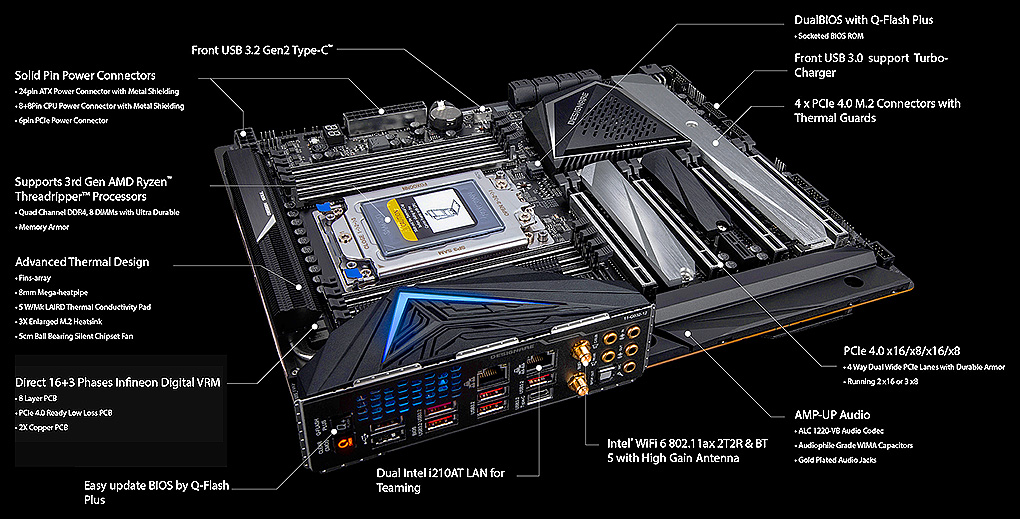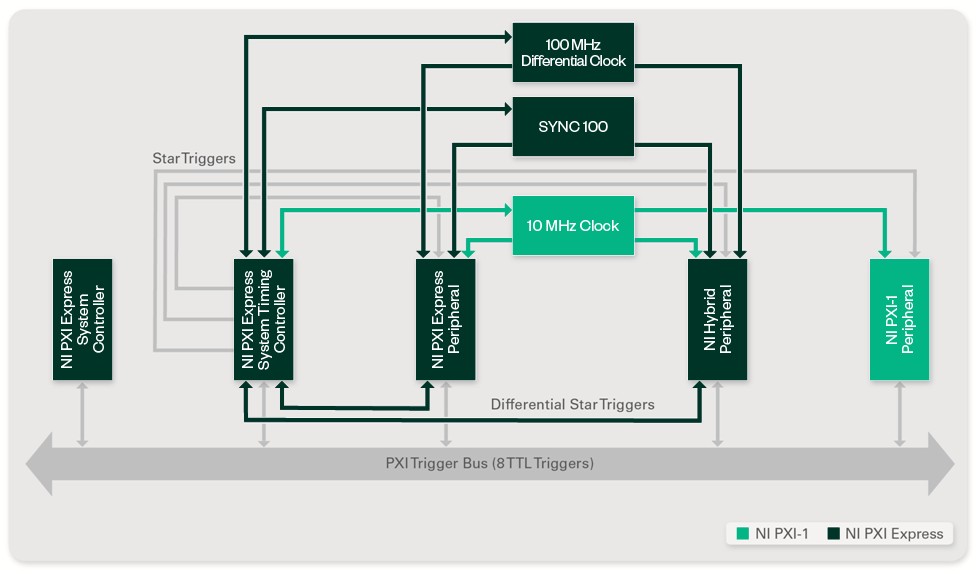Pxi Express Hybrid Slots
- Pxi Express Hybrid Peripheral Slots
- Pxi Express Hybrid Slots Online
- Pxi Express Hybrid Slots Free
- Pxi Express Hybrid Slots Reviews
PXI tutorial includes:
What is PXI?PXI standardPXI chassisPXI bus and backplanePXI controllerPXI cards & modulesPXI softwarePXI ExpressPXImc MultiComputingSet-up & build PXI system
PXI Express slots ONLY accept PXI Express modules, of which only a relatively few types are available. Hybrid slots accept EITHER PXI Express or PXI modules, they have both sets of connectors but the second PXI connector is shortened to allow the fitting of the PXIe connector. All Pickering switching modules are compatible with Hybrid slots. This is a hybrid-slot-compatible PXI module that can be used in both PXI Express hybrid slots and standard PXI slots. Part Number: 191485D-01, 191485H-01L, 778274-01, 191485J-01L Get Price.
The PXI standard has become widely used in the years since 1998 when it was launched.
PXI has found many applications in fields varying from automatic test to data acquisition. In these fields it has become a very cost efficient and technically effective solution.



One of the key elements in this widespread level of acceptance has been the fact that PXI uses the PCI standard in the communication backplane.
With computers as well as the data acquisition and test automatic applications requiring greater levels of data transfer, higher speeds and additional facilities, PXI has evolved to PXI Express, mirroring the change from PCI to PCI Express.
To achieve the improvements, the PXISA, the organisation that manages the PXI standards released the PXI Express standard that is defined in the PXI-5 (hardware) and PXI-6 (software) specifications.
PXI Express, PXIe advantages
PXI Express offers many advantages over the original PXI system. As a result, most PXI products sold these days are PXI Express enabled.
PXI Express introduces many advantages:
- Increased data bandwidth: By using PCI Express, PXIe backplane technology, PXI Express increases the available PXI bandwidth from 132 MB/s to 8 GB/s. for a more than 60X improvement in bandwidth while still maintaining software and hardware compatibility with PXI modules
- Compatibility: Both software and hardware compatibility is maintained with PXI modules. This allows legacy modules to be used (within their capability) and enables a progressive migration from PXI to PXI Express
- Synchronisation: PXI Express, PXIe provides significantly improved synchronisation capabilities over PXI, enabling it to provide far greater levels of accuracy in certain measurements.
PXI Express development
The development of PXI Express, PXIe was fuelled by the development of the PCI Express specification. This was first released in 2002 and it took until 2004 until PCI Express slots started to appear in mainstream PCs. Many companies including Intel, Dell, Microsoft and HP started to drive the technology.
PXI had established itself well in the industry for applications including from test, control and data acquisition. PXI technology had established itself to the extent that even during downturns in the industry as a whole, the PXI adoption continued to gain momentum against the industry trend. In 2004 PXI achieved a growth of over 40%.
Work started on PXI Express in May 2005 when the PXI Systems Alliance (PXISA) began work on the PXI Express specification. They worked with the PCI Industrial Manufacturers Group (PICMG) to ensure the PCI Express technology was correctly integrated into the PXI Express backplane while still preserving compatibility with the large installed base of PXI existing systems. They had a deadline for completion of late 2005 for the completion of the first release of the document.
PXI Express PXIe basics
PXI Express, PXIe technology takes advantage of the improvements that were introduced in the PCI Express platform.
Pxi Express Hybrid Peripheral Slots
One of the most notable changes and improvements is the introduction of its point-to-point bus topology. The shared bus used within PCI has been replaced by a shared switch that provides that provides each device with direct access to the bus.
Under the old system, the bus bandwidth was divided between all the devices on the bus, but now each devices has its own data pipeline, thereby considerably increasing the data rate achievable.
Data is sent serially over the bus in packets. This is done through pairs of transmit and receive signals called lanes. These lanes enable 250 MB/s bandwidth per direction, per lane.
Multiple lanes can be grouped together in a variety of different formats: x1, x2, x4, x8, x12, x16, and x32 lane widths thereby increasing the bandwidth to the slot. This increase in data bandwidth enables the need for on-board memory to be minimised while still providing for much faster data streaming.
In order to preserve the backward compatibility with PXI modules, PXI Express specifies PXI Express hybrid slots to deliver signals for both the PCI and PCI Express formats.
PCI Express electrical lines connect the system slot controller to the hybrid slots of the backplane, and as a result PXI Express is able to provide a high-bandwidth path from the controller to backplane slots. To achieve this it uses an inexpensive PCI Express-to-PCI bridge, so that PXI Express is able to provide PCI signalling to all PXI and PXI Express slots to ensure compatibility with PXI modules on the backplane.
Timing and synchronisation
Apart from the increase in speed, one of the key advances in PXIe is the introduction of a far superior timing and synchronisation scheme. With speeds of circuitry increasing, the need arose for far better forms of synchronisation and timing to enable tests requiring tight synchronisation or timing to be performance.
In achieving this, PXI Express, PXIe retains the original timing and synchronization features of PXI for backwards compatibility. It also adds new capabilities.
The key to these is the use of the existing differential connectors and implementing a differential clock system that provides lower latency as well as greater noise immunity and higher speeds.
As a result, PXI Express provides the additional timing and synchronization features of a differential system clock, differential signalling, and differential star triggers.
PXI Express, PXIe is able to provide significant benefits, while still retaining compatibility with older PXI modules. As a result, PXI Express is now standard throughout the industry enabling its performance to be utilised in virtually every application.

Pxi Express Hybrid Slots Online
More Test Topics:
Data network analyzerDigital MultimeterFrequency counterOscilloscopeSignal generatorsSpectrum analyzerLCR meterDip meter, GDOLogic analyzerRF power meterRF signal generatorLogic probePAT testing & testersTime domain reflectometerVector network analyzerPXIGPIB Boundary scan / JTAG
Return to Test menu . . .
The ADLINK PXES-2785 chassis combines a high-performance 18-slot PXI Express backplane with a high-output power supply and a structural design that has been optimized for maximum usability in a wide range of applications. The chassis’ modular design ensures a high level of maintainability and offers replaceable power supplies for high-availability applications, resulting in a very low mean time to repair (MTTR). The PXES-2785 chassis fully complies with the PXITM-5 PXI Express Hardware Specification, offering advanced timing and synchronization features.
Pxi Express Hybrid Slots Free
ADLINK PXES-2785, using PCI Express 3.0 technology, features 24GB/s of system bandwidth for high-throughput, peer-to-peer data transfer applications, and up to 8 GB/s bandwidth for all peripheral slots. Moreover, the chassis offers 990W power in total, and 50W of power cooling capacity per slot so that PXES-2785 can provide higher power budgets for high performance and power PXI modules. The PXI Express timing and synchronization feature functions are for high clock accuracy and external clock and trigger routing.
Pxi Express Hybrid Slots Reviews
The PXES-2785 is equipped with a smart system monitoring controller, reporting chassis status including fan speed, system voltages, and internal temperature, remote chassis monitoring via Ethernet port, and inhibit control.